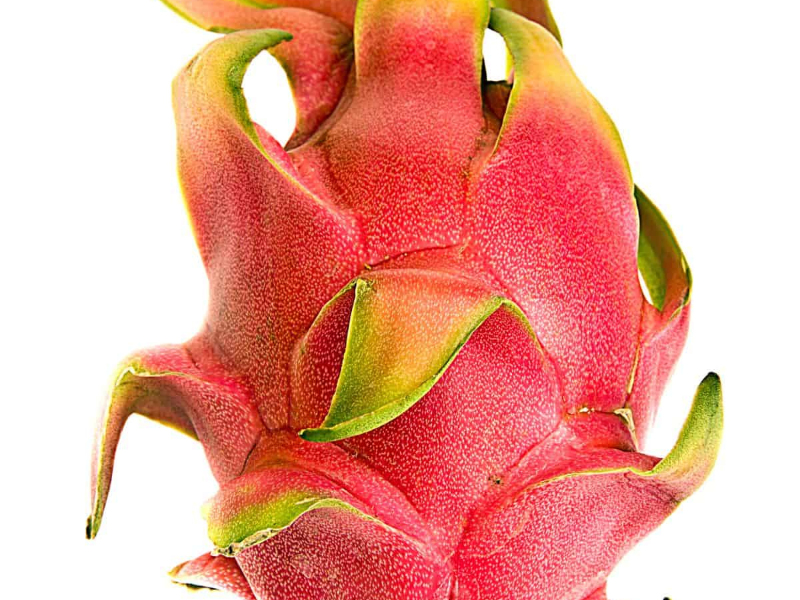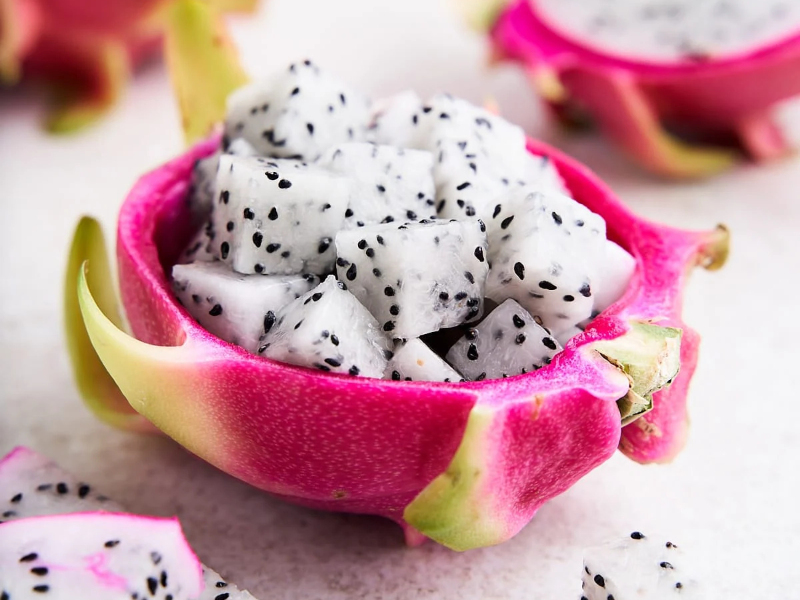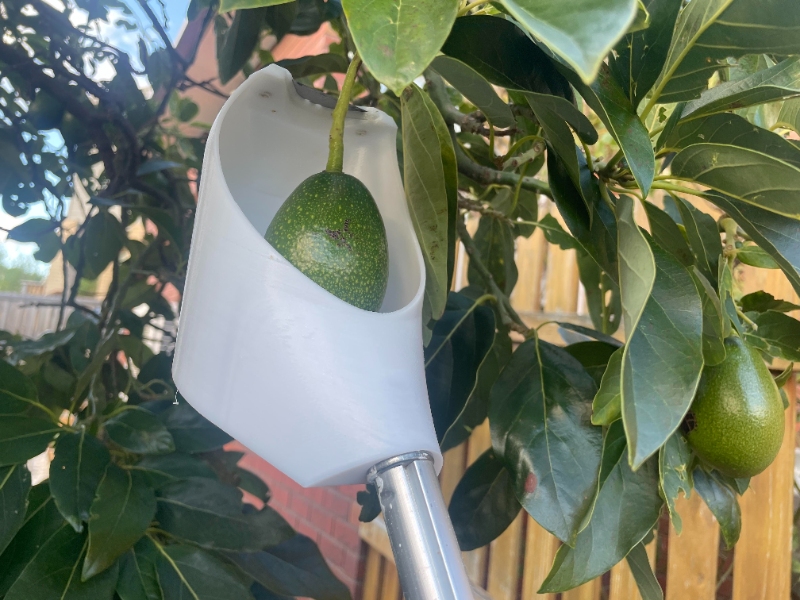A tropical fruit with several health advantages and unusual look, dragon fruit—also known as pitaya—has become somewhat well-known. Many people are naturally keen to try it given its vivid hues and interesting texture. If you're not sure what to look for, though, choosing the ideal dragon fruit might be a bit challenging. Essential advice from this book will enable you to select the greatest dragon fruit available, therefore guaranteeing your enjoyment of the sweetest and juiciest fruit possible.
1. Understanding the Varieties

Advertisement
There are various kinds of dragon fruit, each with its special qualities. The most often occurring ones are:
The White-fleshed **Hylocereus undatus** This type boasts a vivid pink or scarlet exterior and white meat with minute black seeds. Its taste is really moderate, faintly sweet.
- **Hylocereus costaricensis** Red-fleshed: This cultivar has black seeds and scarlet or magenta flesh with deep red skin. Generally speaking, it tastes more delicious and sweet than the variant with white-fleshed.
- **Hylocereus megalanthus** Yellow-skinned:** Yellow skin and white meat with black seeds define this variation. Its flavour is renowned for being sweet and somewhat sour.
Knowing the range you like will enable you to choose dragon fruit more deliberately. Every variation provides a unique taste sensation, hence it could be worth trying all three to see which one you enjoy most. Often the most readily available and with a more subdued taste, the white-fleshed dragon fruit is a suitable beginning point for novices. Those seeking a more powerful fruit experience will find the red-fleshed type ideal for its vivid colour and richer taste. Though less rare, the yellow-skinned type is a delicious treat with its distinct tanginess.
Apart from taste, the variances also affect their nutritional characteristics. For your health, for example, the red-fleshed type is usually richer in antioxidants. The dragon fruit with yellow skin is well-known for its high vitamin C count meanwhile. Knowing these variations will enable you to select a dragon fruit that satisfies your dietary requirements as well as taste. Furthermore, knowing the variety will enable you to choose the dragon fruit that best accentuates your cuisine if you wish to utilise it in recipes. For salads and smoothies, for instance, the white-fleshed dragon fruit's moderate taste makes it flexible; on desserts, the red-fleshed variety's strong colour and taste can be rather stunning.
Advertisement









